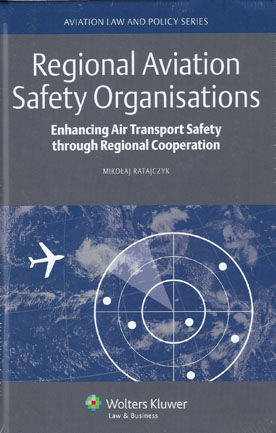
Although commercial civil aviation is, in the aggregate, a very safe mode of transportation, actual safety levels are far from being uniform across the world, and there are concerns that, as air traffic and the complexity of the global air transport market grow, the rate of accidents may also start to increase.
Accordingly, regional cooperation on aviation safety has visibly intensified since the beginning of the twenty-first century, as evidenced in particular by the establishment of a significant number of new regional aviation safety organisations (RASOs).
This study is a first comprehensive analysis, from a legal and institutional point of view, of how regional cooperation and more specifically RASOs contribute to the improvement of civil aviation safety and the achievement of the objective of ‘uniformity in regulations, standards, procedures, and organisation’ as formulated in Article 37 of the Convention on International Civil Aviation (Chicago Convention). The research questions addressed are the following:-
The research draws on founding documents of RASOs, symposia and conferences on regional aviation cooperation, interviews with people involved in the establishment and running of RASOs, and reviews of relevant case law and legislation (international, EU, and national) and of legal literature. The author also proposes a practical methodology or ‘tool-box’ for the setting up of RASOs.
Because new methods of oversight, closer international cooperation, and exchange of information across national borders has become essential for the safe accommodation of future traffic growth and to ensure network safety – and because civil aviation is only as safe as the weakest link in the system – this forwardlooking analysis is essential reading for all professionals in the field, including lawyers, officials, policymakers, and academics